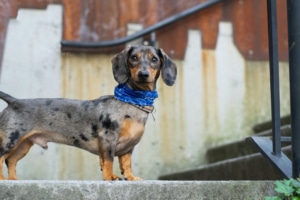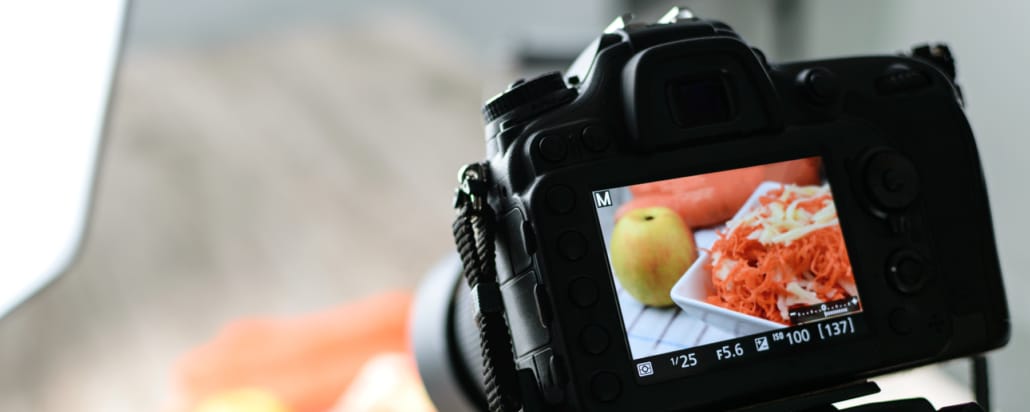One thing in advance: Categories are nothing else than the supreme concepts, and thus they are of course also supreme concepts. Now, in the next step, we want to find meaningful terms for the layers below. Within the category “Animals” these would be for example:
-
- Mammals
- Birds
- Amphibians
- Reptiles
- Fish
- Insects
- etc.
Subheadings to “mammals” would be:
-
- Dogs
- Cats
- Primates
- Rodents
- etc.
On the lowest level would be the name of the specific object, so in our case the species name or for farm and domestic animals also the name of the breed. An exemplary hierarchy could therefore look like this:
Animals > Mammals > Dogs > Domestic dogs > Dachshund > Shorthaired Dachshund
The scheme can be applied to any subject. You start with general terms and get more specific level by level, e.g.:
Technics > Communication technology > Mobile telephony > Smartphones > iPhone > iPhone 14 Pro Max
Tagging concepts
Of course, these do not always have to be terms that refer to objects. Concepts expressed in images can also be keyworded. For example, think of emotions, moods, or styles. A corresponding example would then look structurally like this:
Concepts > Image Mood > Romantic
As you have seen, keywords are ideally created multidimensionally. This results in a structure familiar from biological systematics or phylogenetic trees. Therefore, one also speaks of a keyword tree. However, you should not create too many branches, otherwise you run the risk of getting lost in the minutiae. We recommend a maximum branching depth of 5 or 6.
You may now be wondering what the direct benefit of this tree structure is. The answer to this is simple and legitimizes the extra effort: you’ll have to type in far fewer terms by hand in the long run. Because with a good keywording solution, it is enough to enter a sub-term (or the lowest term), e.g. “shorthaired dachshund”, and all higher-level terms created in the structure will be added automatically. With a single input, the following keywords would then already be on the image:
Animals, mammals, dogs, domestic dogs, dachshund, shorthaired dachshund

 https://www.teamnext.de/wp-content/uploads/2022/10/was-sind-digitale-medien-symbolbild-schnittplatz.jpg
720
1800
Björn Buxbaum-Conradi
https://www.teamnext.de/wp-content/uploads/2022/03/teamnext-mediahub-logo-bunt.svg
Björn Buxbaum-Conradi2022-10-17 15:02:352024-06-25 14:06:25What are digital media? 4 categories to know
https://www.teamnext.de/wp-content/uploads/2022/10/was-sind-digitale-medien-symbolbild-schnittplatz.jpg
720
1800
Björn Buxbaum-Conradi
https://www.teamnext.de/wp-content/uploads/2022/03/teamnext-mediahub-logo-bunt.svg
Björn Buxbaum-Conradi2022-10-17 15:02:352024-06-25 14:06:25What are digital media? 4 categories to know


